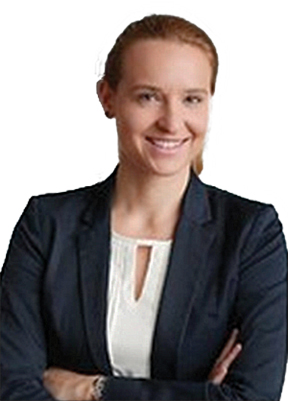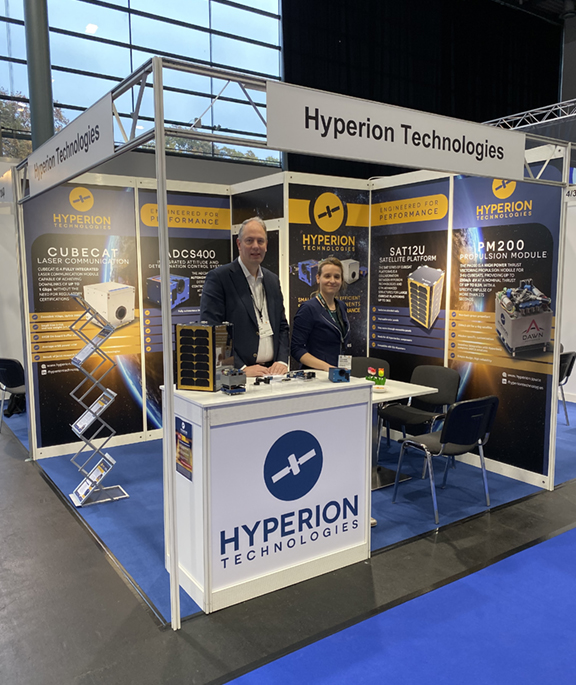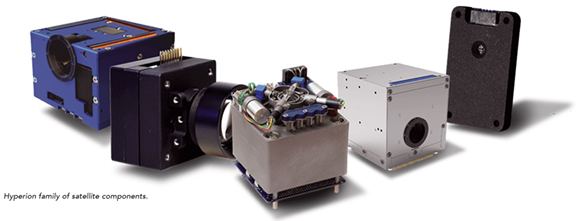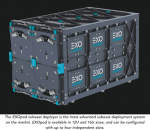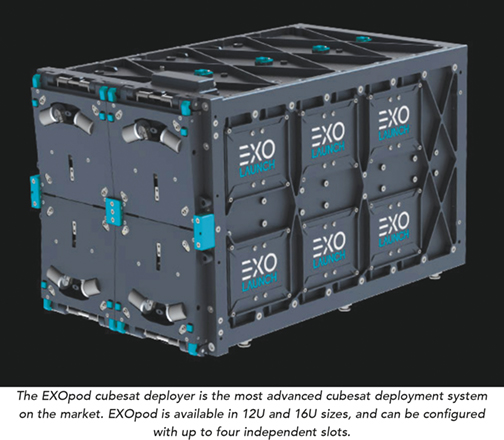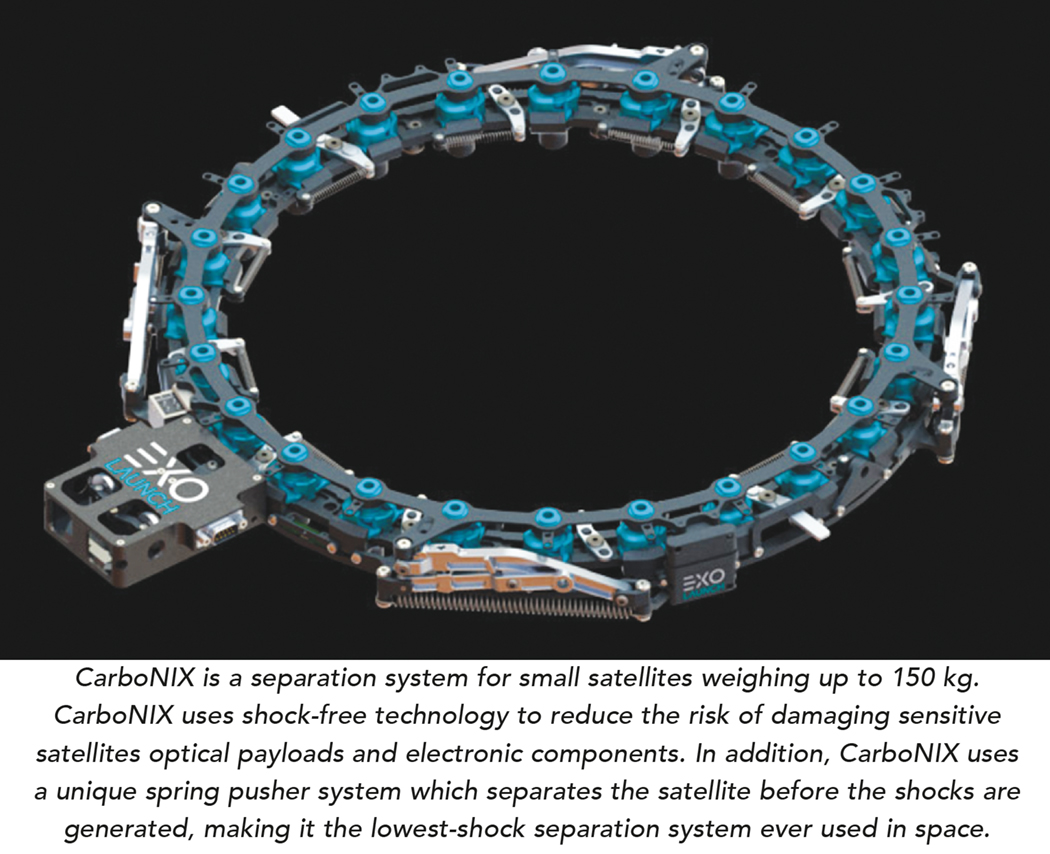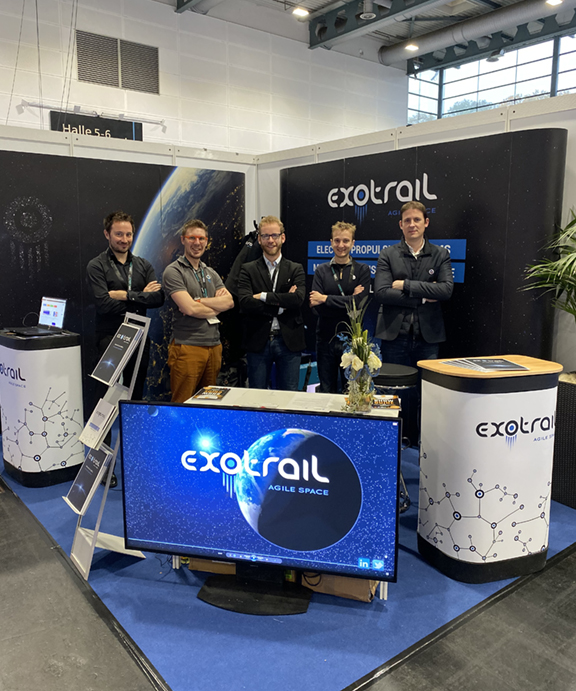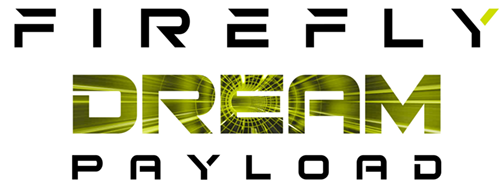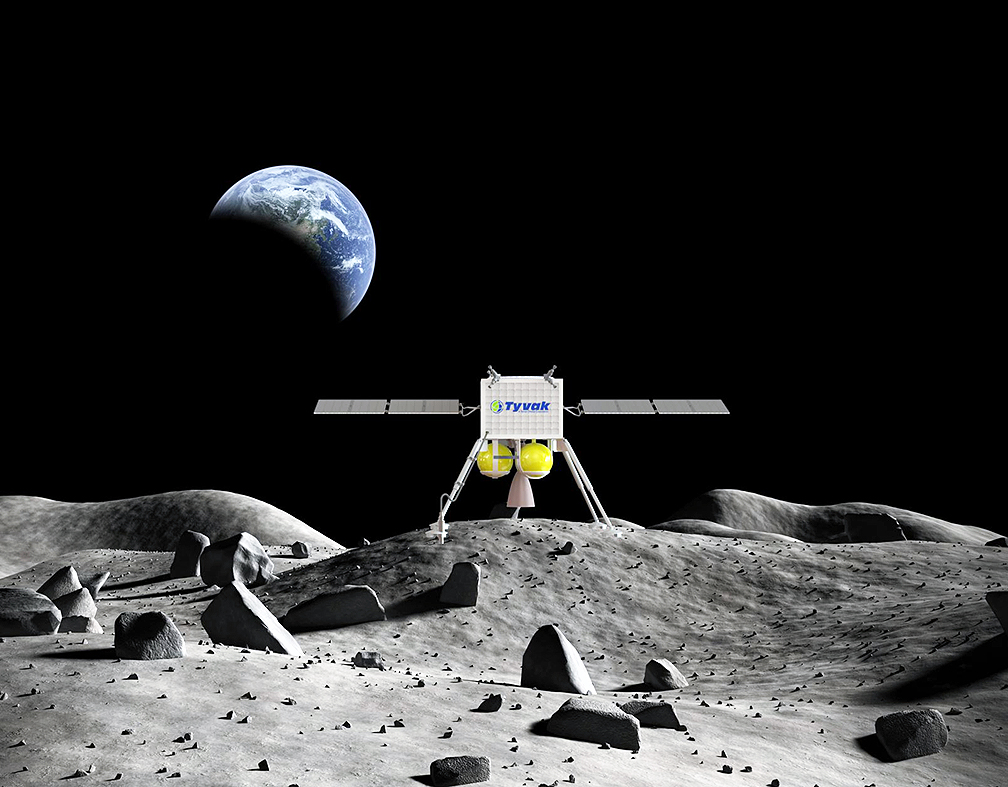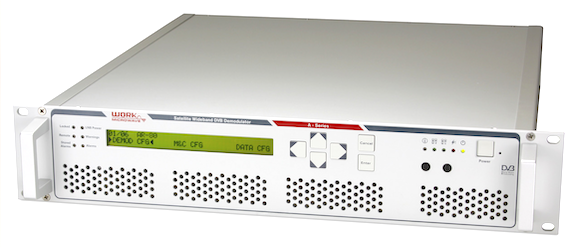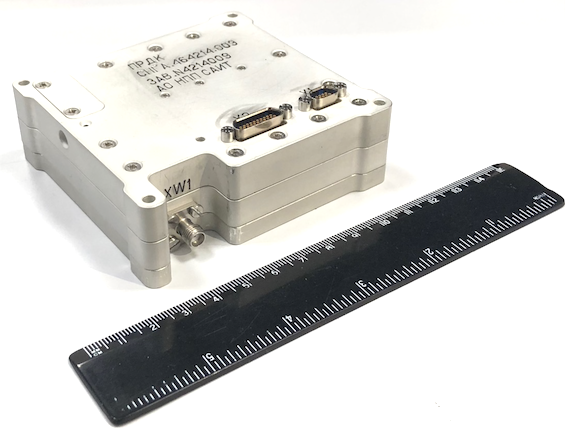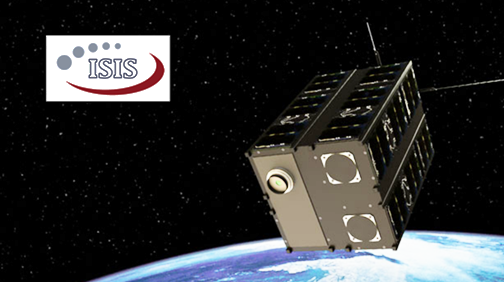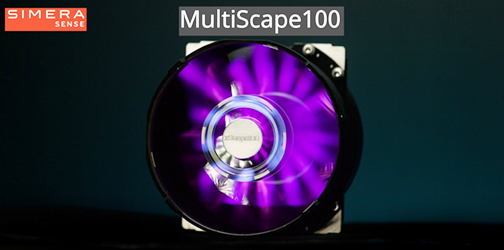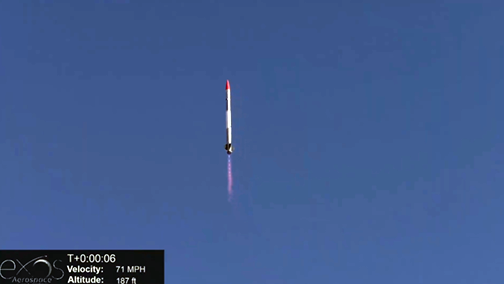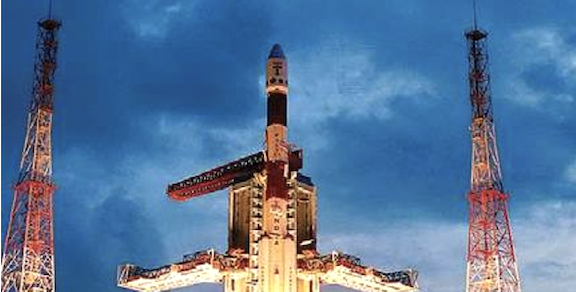
Image used for representational purpose.
BENGALURU; Indian Space Research Organisation (ISRO) would launch its Earth imaging and mapping satellite Cartosat-3 along with 13 commercial nanosatellites from the U.S., on November 25, the space agency said.
The satellites would be launched by India’s Polar Satellite Launch Vehicle, PSLV-C47into Sun Synchronous Orbit from Satish Dhawan Space Centre (SDSC) SHAR at Sriharikota in Andhra Pradesh.
The launch is tentatively scheduled at 09:28 hrs IST on November 25, 2019 subject to weather conditions, ISRO said.
The Cartosat-3 is a “third-generation agile advanced satellite” having high-resolution imaging capability, it said, adding that the satellite would be placed in an orbit of 509 km at an inclination of 97.5 degree.
PSLV-C47 is the 21st flight of PSLV in ‘XL’ configuration (with 6 solid strap-on motors).
PSLV-C47 would also carry 13 commercial nanosatellites from the United States of America as part of a commercial arrangement with NewSpace India Limited (NSIL), Department of Space.
ISRO has said, this would be the 74th launch vehicle mission from SDSC SHAR, Sriharikota.

For all involved in the satellite and space industry and the various market segments that enhance these dynamic environments, the 2020 SmallSat Symposium is invaluable.
The 2020 SmallSat Symposium begins on February 3, 2020, with workshops on the first day. Then the Conference continues from February 4 to 6 at the Computer History Museum in Mountain View, California, in the heart of Silicon Valley.

The SmallSat Symposium is hosted by Satnews Publishers which, since 1983, has been a provider of satellite news, media and events. This information packed forum enables you and your company to secure a larger portion of market share as well as to take a step into the next stage of your company’s, or organization’s, growth.
The personal connections at the SmallSat Symposium enable attendees to network with established organizations, subject-matter experts as well as ‘New Space’ entrants.
The SmallSat Symposium will focus on the daily changes in new technologies and the business environment that is shaping the implementation of SmallSat constellations, SmallSat launchers, the challenges facing the SmallSat developer and actors as well as the enormous benefits of these advanced technologies that will benefit our world.
This event attracts more than 100 diverse speakers, all of whom possess deep industry experience. Additionally, numerous opportunities exist to mingle and network with peers while enjoying exceptional, complimentary meals and refreshment breakfast.




